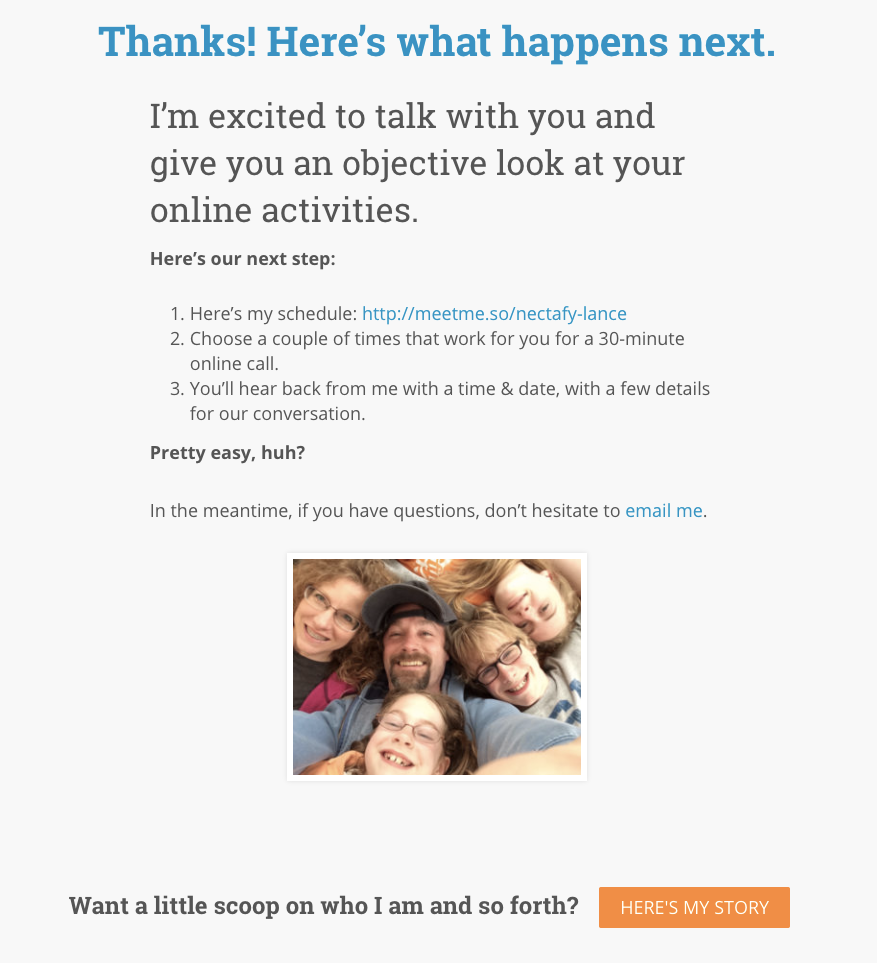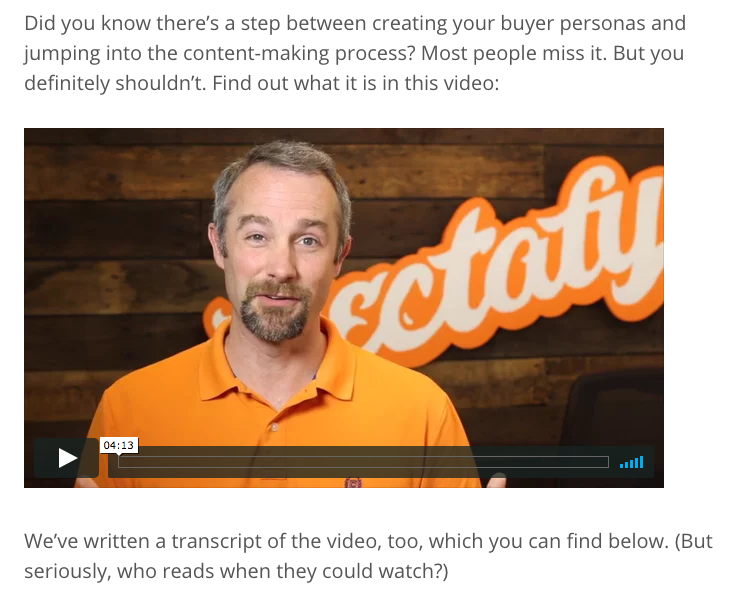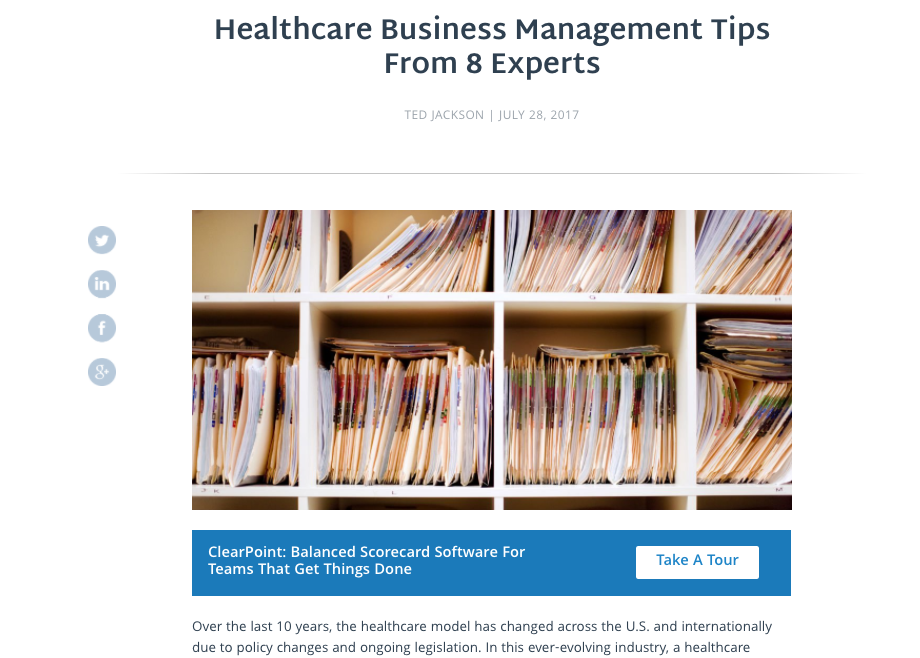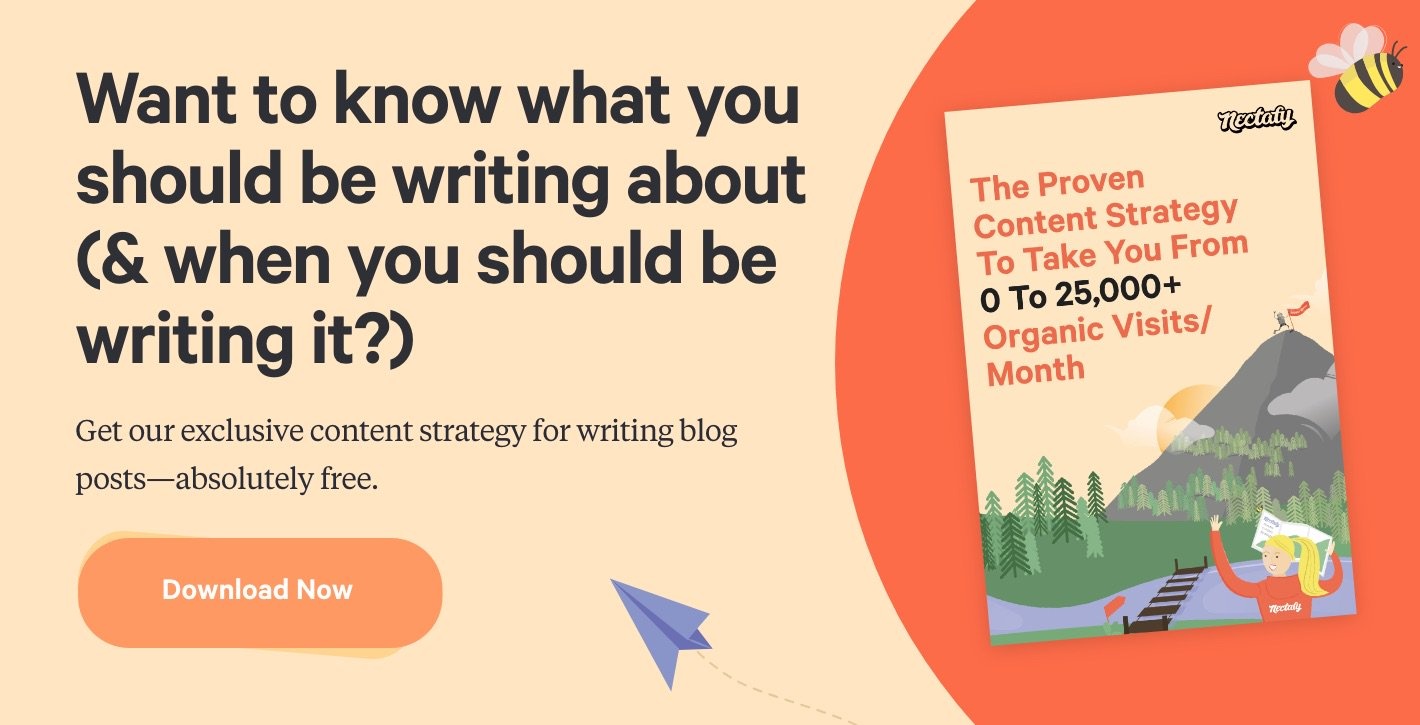12 Simple Strategies To Increase Your Website Conversion Rate



Here’s a question for you:
What’s the difference between a lead in the middle of the marketing funnel and one at the bottom of the marketing funnel?
There’s not one perfect answer to this question, but in our experience, it comes down to trust.
The step between “What solutions are out there to fix the challenge I’m facing?” to “Is your company the one that can solve it?” isn’t insignificant. In fact, it’s more of a leap or a bound than a little schmeensy step. If you want your ideal customer to take that leap, you’re going to need to bridge the gap—which means making them feel comfortable with and confident in your product or service.
That’s where these 12 strategies come in.
The best thing about these ideas is that they aren’t revolutionary. In fact, most are simple, straightforward, and easy to implement—which means you can spend less time learning about them and more time increasing your website conversion rate.
12 Ways To Increase Bottom-Of-Funnel (BOF) Conversions On Your Site
On Your Website
1. Optimize your “Thank You” pages.
When your prospect downloads an offer (like an ebook), you probably push them to a Thank You page. If this page only says something like “Thank you for requesting This Really Cool Ebook! It should be in your inbox shortly,” you’re missing out on a great opportunity to increase your website conversion rate. For example, you could point your prospect toward a relevant blog post, your demo or consultation page, your social media, or just embed a fun video on the page for their enjoyment.
If the prospect has requested a demo or consultation, you should also find a way to display a link to your sales team calendar to keep things moving forward. Here’s an example of this from our Inbound Marketing Evaluation Thank You page:

2. Utilize more video.
According to Kissmetrics, viewers are anywhere from 64-85% more likely to buy after watching a product video. In other words, if you’re not using video, you could be ignoring a critical tactic for your website conversion funnel! A short, engaging video on your consultation or demo page could pay off in aces and spades.
Here at Nectafy, we’ve found that Lance’s videos are the best connector from the middle of the marketing funnel (“How can I fix my problem?”) to the bottom of the marketing funnel (“Maybe your company can fix it…”). If you haven’t seen any of those, this one about the step between creating your buyer personas and jumping into the content-making process is apt given our current topic. These videos help people see that Nectafy is run by a real person, and makes them more willing to get in touch with us.
3. Create a competitor comparison page.
When your prospects are in the middle of the marketing funnel, they’re wondering what sets you apart from your competitors and why they should choose your product or service over someone else’s. Use this question to your advantage by creating a competitor comparison page on your website. It doesn’t need to be overly detailed, but it should offer at least a basic comparison between your peers and you.
4. Make sure customer or client logos are displayed loud and proud.
Neil Patel calls the groupings of customer or client logos “logo porn,” and notes that when he removed said logo porn from NeilPatel.com his website conversion rate went down nearly 10%. If you’re a B2B company, take note of this and make sure you aren’t hiding your happy customers away in a dark corner of your website.
On Your Blog
5. Give blog readers a quick way to sign up for a demo or free trial.
You should be giving your leads every opportunity possible to provide you with their information, which is why it’s so important to give your readers a way to easily subscribe to your blog. But while adding a blog subscription is a more top-of-funnel strategy, creating a field on each blog post for readers to get a demo or a free trial is a great bottom-of-funnel website conversion strategy.
6. Prompt visitors to subscribe before they leave a page.
If a visitor has been on your site for a designated amount of time—say, 30 seconds to 1 minute—you could create a pop-up or exit overlay that prompts visitors to subscribe to the blog before they leave. We created such an overlay with one of our clients and saw an increase in engagements (in this case, email newsletter subscriptions). Just remember, these popups could annoy your prospect...so craft yours carefully. This Smile.io blog speaks to that very subject, so give it a read before you try out this strategy.
7. Look for guest blogging opportunities.
Acting as a guest blogger can help you gain new readership and build website authority. Similarly, allowing industry thought leaders to write guest posts for your blog can provide readers with new, fresh insights. Either way, guest blogging is an opportunity—albeit indirect—to improve your website conversion strategy because links to your site from other reputable sites help increase your website authority. When you have strong authority, you can start to rank for bottom-of-funnel keywords like "[industry] software."
On Social Media
8. Consider paid social promotions.
Take a look at your analytics: Do you get many visitors to your website or blog through social media? If so, you may want to consider paying Facebook or Twitter for social promotion. Again, this doesn’t strictly tap into your current leads, but it’s a good way to nurture an already-powerful social media platform.
Miscellaneous
9. Develop client case studies.
Have you considered that highlighting your most successful customers could pay off as far as your website conversion rate is concerned? If you haven’t utilized this strategy yet, start developing some client case studies that can be turned into blog posts or used as resources on your website. In doing so, your ideal customer will see in living color that you can solve the issue they’re facing because you’ve done it before! (Want to kill two birds with one stone? Create video case studies!)
10. Create a Wikipedia page for your company.
Without a doubt, having your own Wikipedia page can help your credibility and your website conversion funnel. But you first have to know how to write a Wikipedia page that withstands scrutiny, and will be accepted.
Wikipedia articles must be presented from a neutral and unbiased perspective. Wikipedia explains that articles should be based mainly on reliable secondary sources, “i.e., a document or recording that relates or discusses information originally presented elsewhere.” Wikipedia also doesn’t allow original research that isn’t backed up by third parties.
In short, if you make claims on a Wikipedia page without citing an unbiased outside source, prepare to have your page flagged or even removed.
11. Answer questions about your industry on Quora.
An unconventional yet stellar way to engage folks who are searching for industry answers (hint hint: people who could become great BOF leads!) is to answer questions on Quora. This website offers insights on an endless number of topics, from the Internet of Things to farming and just about everything in between. The insights you provide there could drive some people to check out your product!
12. Create a customer referral program.
Earlier, we mentioned the importance of emphasizing customer logos on your website—creating a customer referral program can have a similar effect! Not only are your customers likely to participate if you offer them a one-time referral discount, they’re also going to help you get the word out to similar organizations that need a solution.
You made it through all 12 website conversion rate strategies! But before you click away and go about your business, keep this in mind:
BOF conversions won’t happen if you don’t have TOF and MOF content!
If you’re about to ask WTH that means, I’ve got ya:
Your bottom-of-funnel content ain’t gonna convert no one if your top- and middle-of-funnel content isn’t already in place.
As Meredith put it in this recent article, “There’s no finale without the rest of the show, and it’s not a rockin’ party until people start showing up (plus, you had to invite them in the first place, right?).”
You have to get your prospect’s attention—and keep that attention—before these 12 ideas will actually help your website conversion strategy.
Before you head out to write a guest blog or create a competitor comparison page, will you do us a favor? We’d love to know what simple website conversion best practices we’ve skipped over. If you have one, tweet us @nectafy or comment below and let us know—we really appreciate it!





